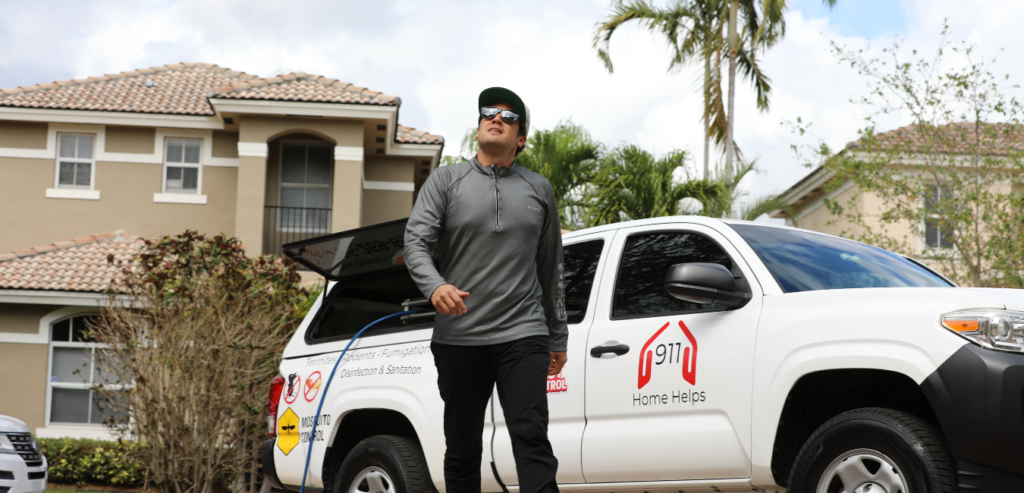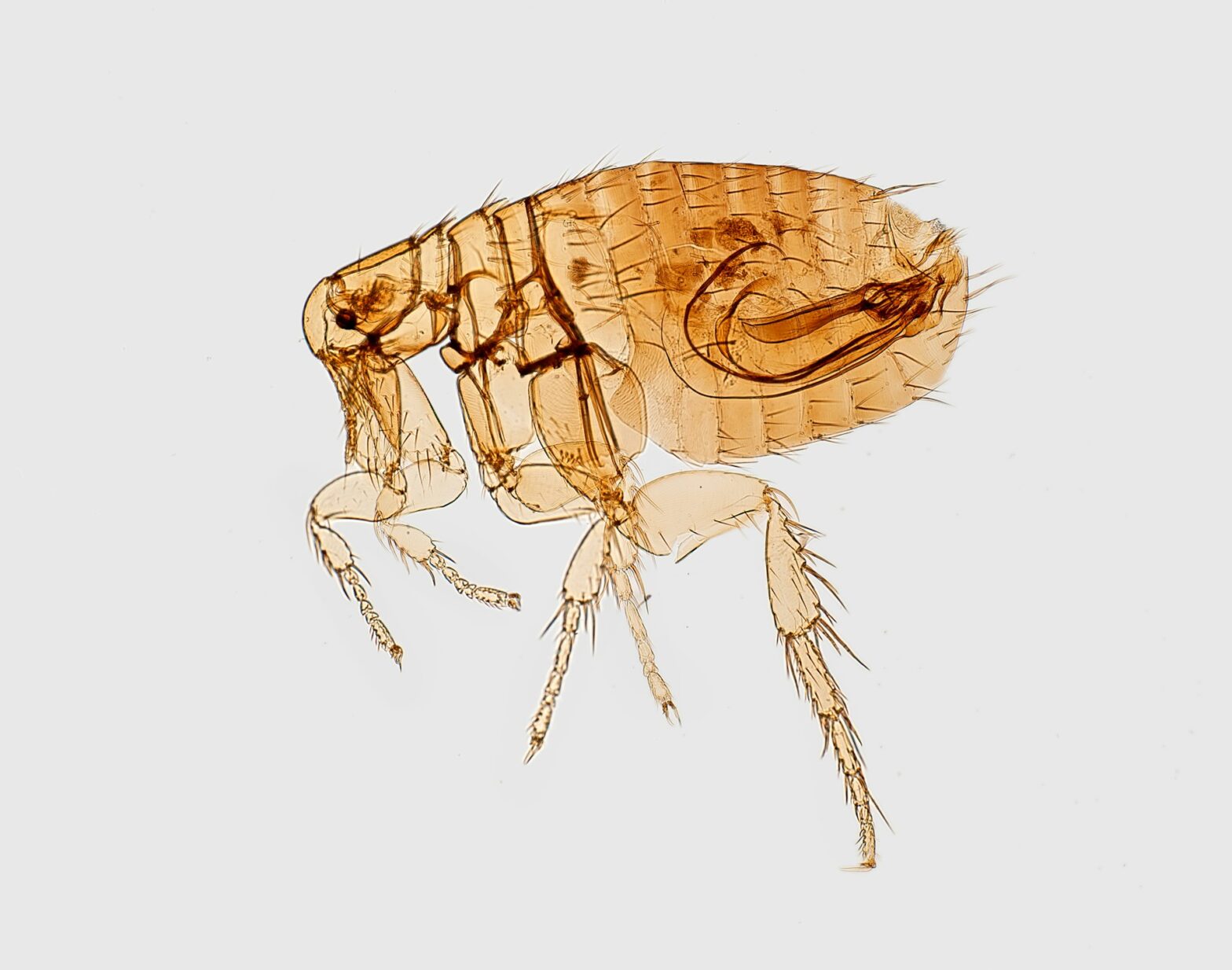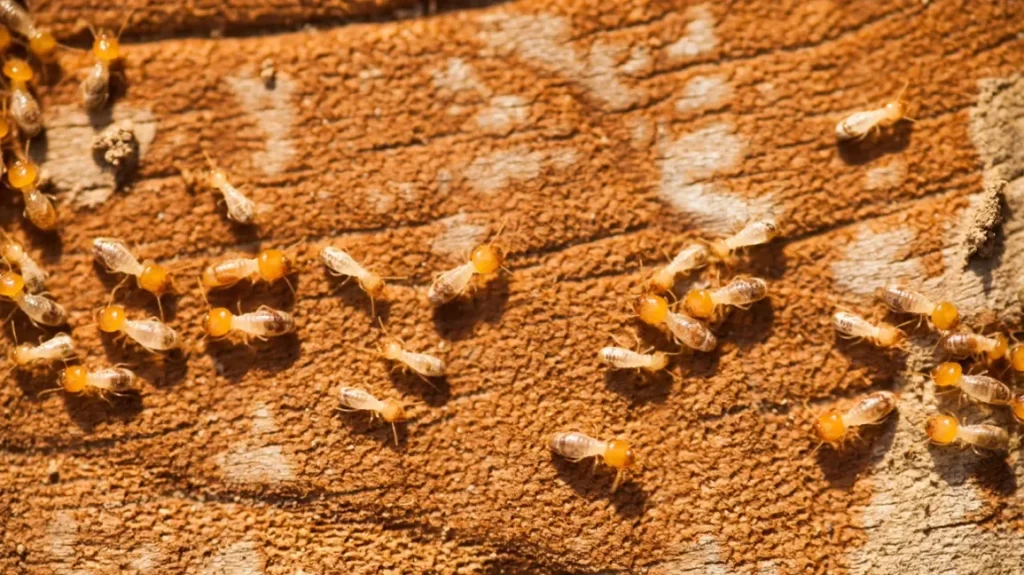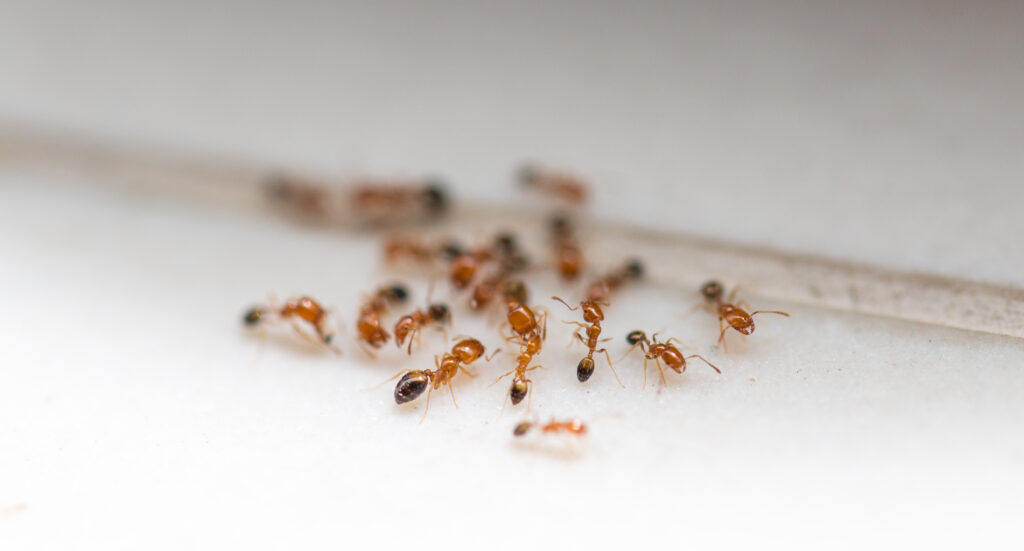Below, we explore how to effectively pest-proof your home across all seasons and why professional guidance often plays a critical role in long-term prevention.
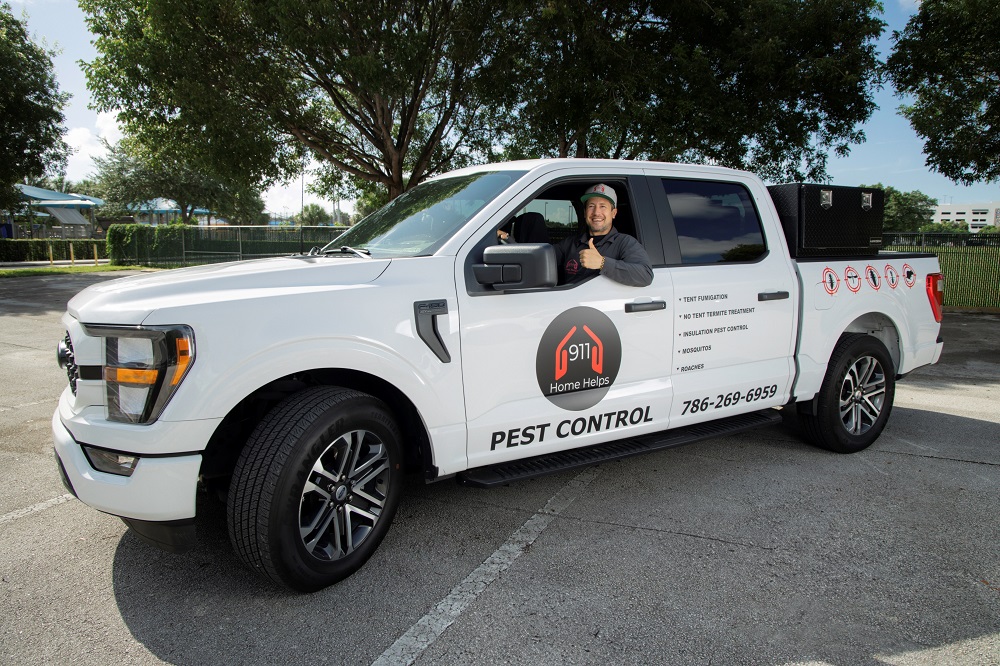
Understand Seasonal Pest Behavior
One of the most overlooked components of creating a pest-proof home is understanding that pests don’t follow a single pattern. They adapt with the seasons, seeking warmth, moisture, or shelter as the weather shifts. By anticipating what pests are likely to be active and when, homeowners can take targeted action at the right time.
- Spring: As temperatures begin to rise, ants become noticeably active, searching for food and moisture sources both indoors and out. Termites may also begin swarming during this time, especially in areas with high humidity or recent rain. Early spring is the ideal time to check for structural vulnerabilities that might invite them in.
- Summer: Warm weather encourages peak activity for flies, mosquitoes, and fleas. These pests thrive in heat and moisture, often breeding in standing water, dense shrubbery, or areas with poor sanitation. Outdoor gatherings and open windows can increase your home’s exposure, making it important to minimize attractants like uncovered food or water buildup.
- Fall: As conditions cool, rodents begin looking for warm indoor shelter. Small cracks in foundations or gaps around utility lines offer easy access to basements, attics, and crawl spaces. Fleas may also remain active, particularly in homes with pets, as they continue seeking warm-blooded hosts.
- Winter: While some pests go dormant, others, including rodents and cockroaches, remain active indoors, hiding in insulated spaces.
By aligning your pest prevention tactics with these seasonal patterns, you can catch potential infestations before they start.
Seal Common Entry Points
One of the most effective year-round pest control strategies is exclusion. Pests often gain access through the smallest cracks and gaps around your home’s exterior. Addressing these vulnerabilities early makes it significantly harder for pests to settle indoors.
Focus on these common areas:
- Doors and windows: Use weather stripping and door sweeps to seal gaps. Repair torn screens.
- Foundation and siding: Fill in cracks and gaps with high-grade sealant or caulk.
- Roof and attic: Repair missing shingles, seal roofline gaps, and cover vents with fine mesh.
- Utility entry points: Ensure areas around pipes, cables, and vents are tightly sealed.
- Basement and crawl spaces: Install vent screens and address any wood-to-soil contact.
Keeping pests out is far more effective than trying to remove them once they’re inside.
Maintain a Clean and Dry Environment
Moisture and food access are two of the biggest attractants for pests. Keeping your living space clean and dry not only deters infestations but also supports indoor air quality, especially when combined with other pest control measures.
- Reduce moisture: Fix leaking pipes and faucets, use dehumidifiers in basements, and ensure good ventilation.
- Eliminate standing water: Regularly empty trays under houseplants and check gutters for clogs.
- Sanitize food areas: Store dry goods in sealed containers, wipe down surfaces, and clean crumbs immediately.
- Limit clutter: Pests love dark, undisturbed areas. Declutter closets, basements, and garages frequently.
- Dispose of trash promptly: Use bins with tight-fitting lids and keep them clean and emptied regularly.
Incorporating these practices also aligns with broader benefits like improving air quality and maintaining a healthier indoor environment for your family.
Prepare for Seasonal Treatments
Even with the best at-home prevention methods, some pests require more aggressive control, especially during active months. Preparing your home for seasonal treatments such as fumigation or perimeter sprays can significantly reduce the chance of recurring problems.
If you’re planning on scheduling a service, here’s how to get ready:
- Clear clutter from treatment areas to allow full access.
- Cover or remove sensitive food items, utensils, and pet accessories.
- Secure entry points post-treatment to prevent reinfestation.
- Follow professional guidelines on reentry timing and safety.
- Communicate concerns like allergies, pets, or valuable items with the technician ahead of time.
Proper preparation plays a major role in the success of pest treatments. Learn more about what to expect by reviewing how to prepare for fumigation.
Know When to Call the Experts
While DIY methods have their place, they rarely address the root cause of infestations, especially in hard-to-reach areas or for pests with complex life cycles. A true pest-proof home often requires the insight and support of experienced professionals who can spot vulnerabilities you might miss.
Here’s when expert help is highly recommended:
- Persistent signs of activity despite home treatments
- Pest sightings in walls, ceilings, or crawl spaces
- Unexplained damage to wood, insulation, or wiring
- Frequent seasonal invasions, such as ants or rodents
- Concerns about safety, allergies, or indoor air quality
Professionals don’t just eliminate pests, they implement long-term strategies for prevention and provide peace of mind through monitoring, exclusion work, and targeted treatments.
Here’s the Key Takeaway
Creating a pest-proof home is not a one-time project; it’s a continuous process that evolves with the seasons and your property’s changing conditions. By combining environmental awareness, preventative maintenance, and expert insights, homeowners can enjoy year-round protection from the stress and hazards of pest infestations.
Need help protecting your home from pests in every season? Contact 911 Home Helps to schedule a professional assessment and build a customized pest prevention plan.
